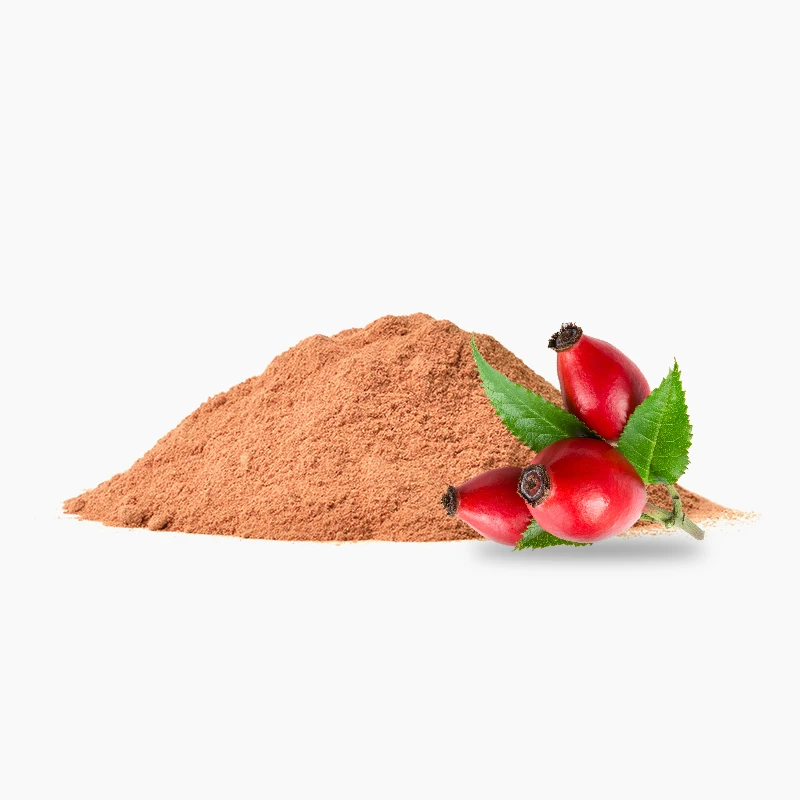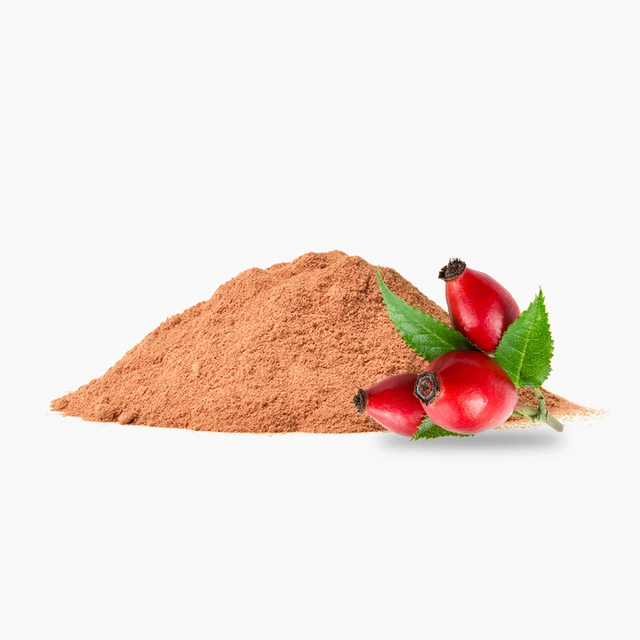Rosehip Powder (Fruit)
Couldn't load pickup availability
Description
Rosehip powder is derived from the dried fruit of the wild rose plant, primarily Rosa canina. Rich in nutrients, this fine powder is often used in skincare and health supplements due to its high concentration of vitamins, antioxidants, and essential fatty acids. Its vibrant colour and slightly tangy flavour make it a popular addition to smoothies, teas, and natural skincare formulations.
Benefits
- Skin Brightening: Helps to improve uneven skin tone by reducing the appearance of dark spots and hyperpigmentation.
- Anti-Aging: Reduces the appearance of fine lines and wrinkles by boosting collagen production and improving skin elasticity.
- Moisture Retention: Strengthens the skin’s natural barrier, helping to retain moisture and combat dryness.
- Anti-Inflammatory: Calms redness and irritation, making it ideal for sensitive or acne-prone skin.
- Oil Control: Regulates sebum production, reducing the likelihood of clogged pores and breakouts.
- Skin Protection: Enhances the skin's defense against environmental stressors like UV radiation and pollution.
Uses
- Skincare Products: Commonly used in face masks, creams, and serums for its rejuvenating properties.
- Dietary Supplements: Can be added to smoothies, teas, or capsules to provide nutritional benefits and support overall health.
- Cosmetics: Used in formulations for its natural colouring and beneficial properties, often found in lip balms and natural cosmetics.
Physical + Chemical Properties
- Appearance: Finely ground powder with a reddish-orange hue.
- Odour: Characteristic mild, fruity aroma.
- Solubility: Partially soluble in water; better solubility in oils.
Nutritional Composition (per 100g):
- Vitamin C: ~2000 mg
- Dietary Fiber: ~35 g
- Omega-3 and Omega-6 fatty acids: Varies depending on processing.
Caution
Interaction with Medications: Consult a healthcare professional if taking medications, particularly anticoagulants, due to potential interactions.
Stash It Right
- Conditions: Store in a cool, dry place away from direct sunlight and moisture. Keep the container tightly closed to prevent contamination and maintain product integrity.
- Temperature: Ideal storage temperature is between 15 °C and 30 °C (59 °F and 86 °F)


